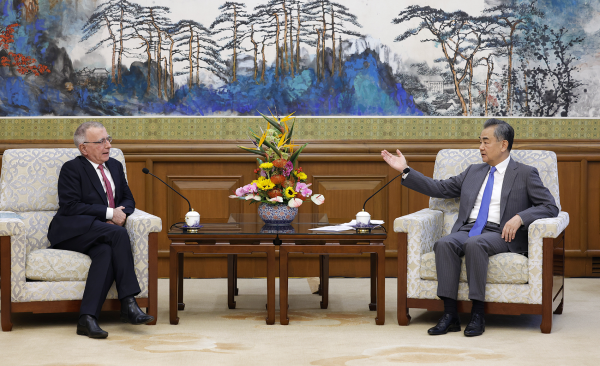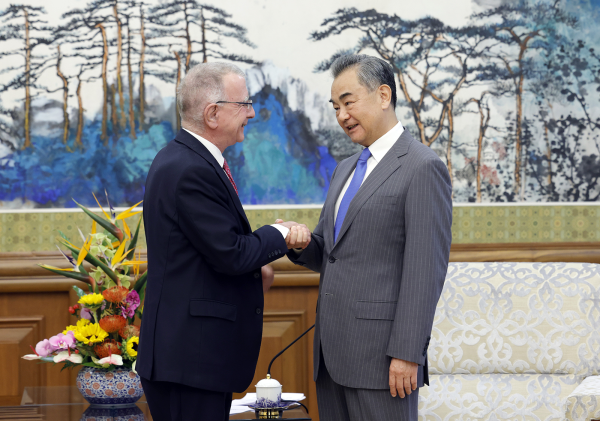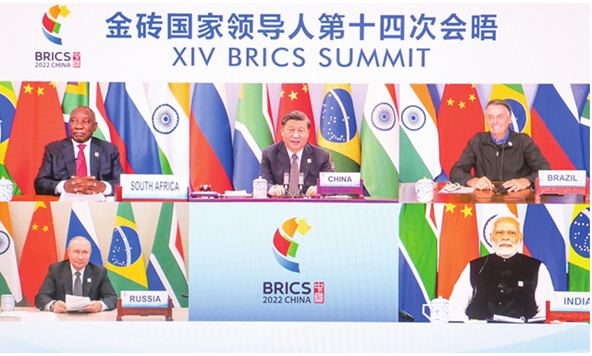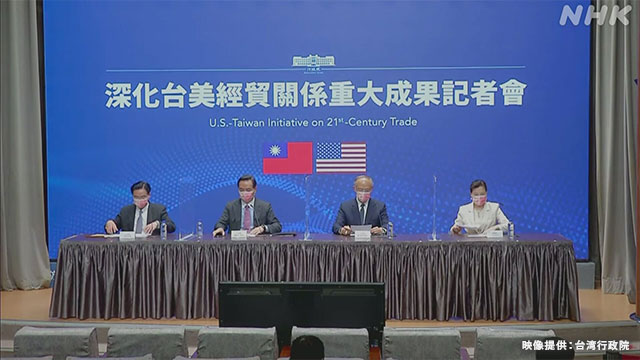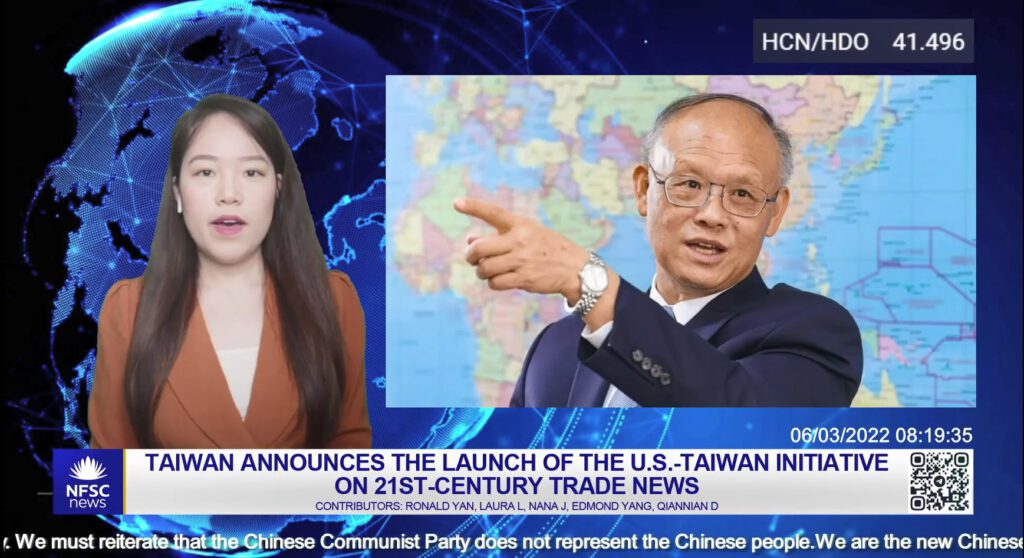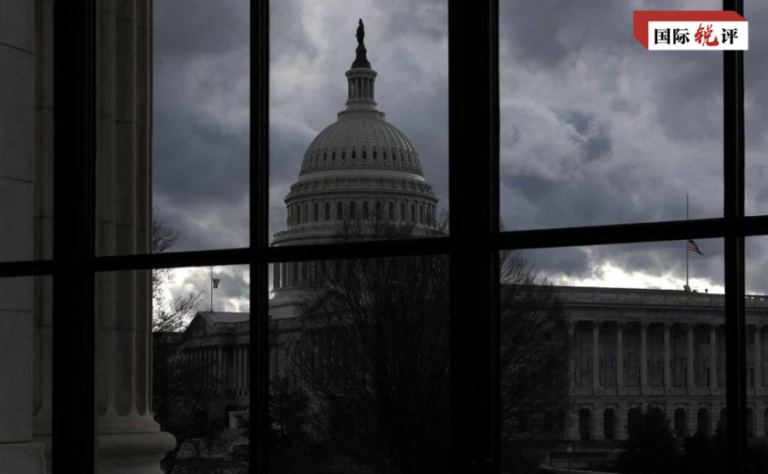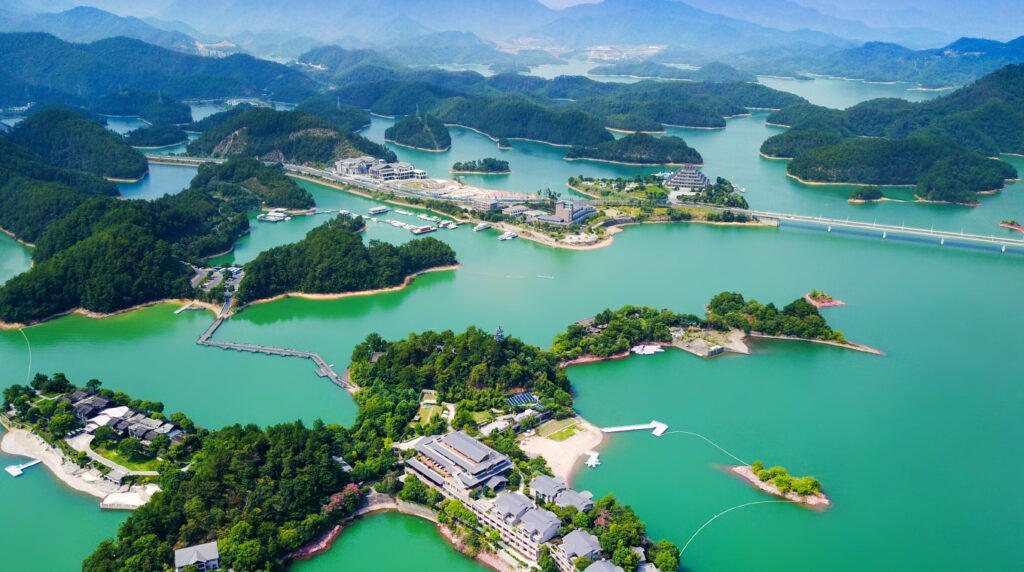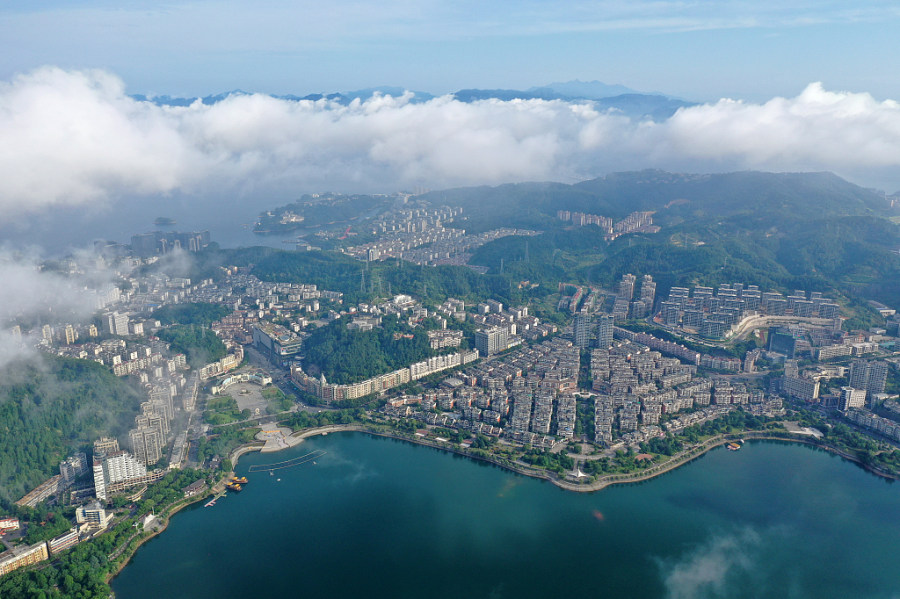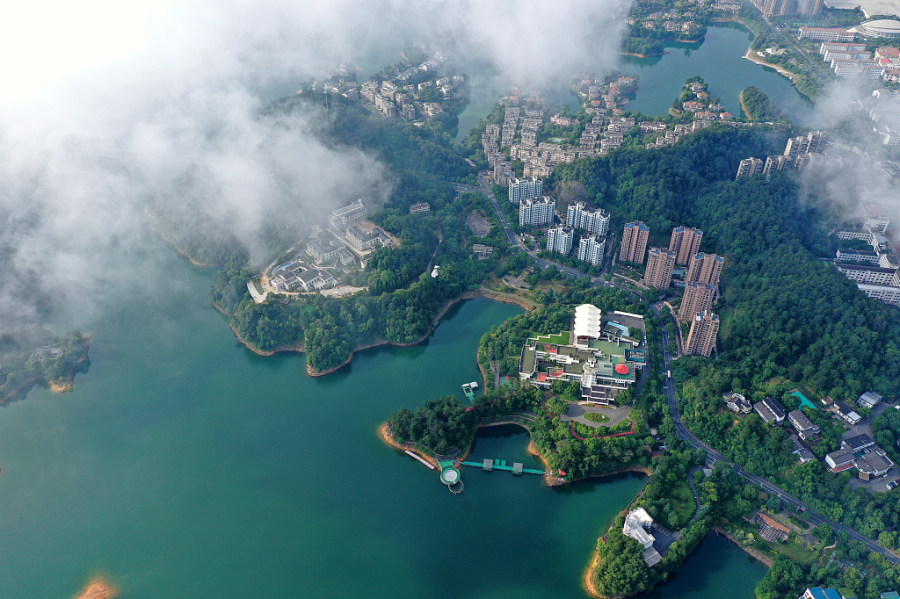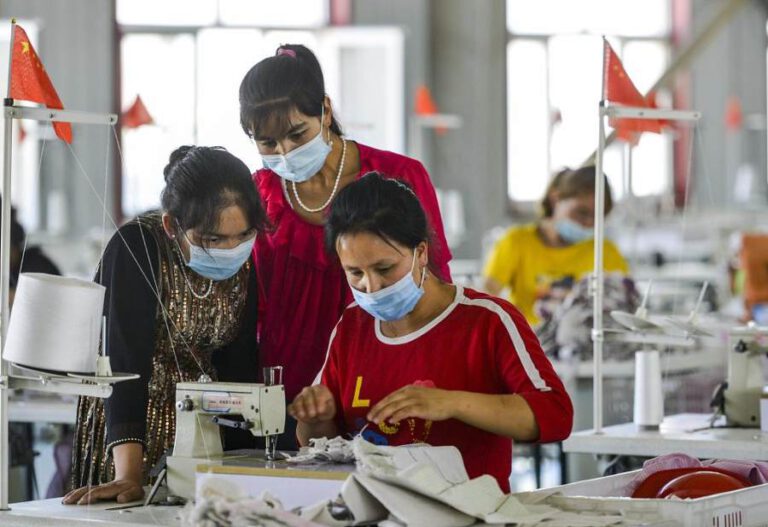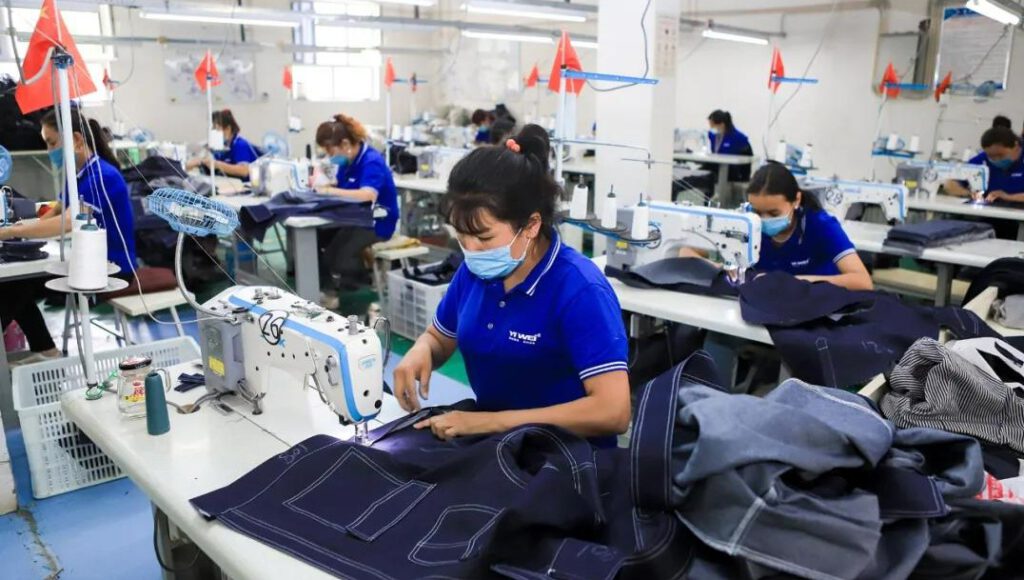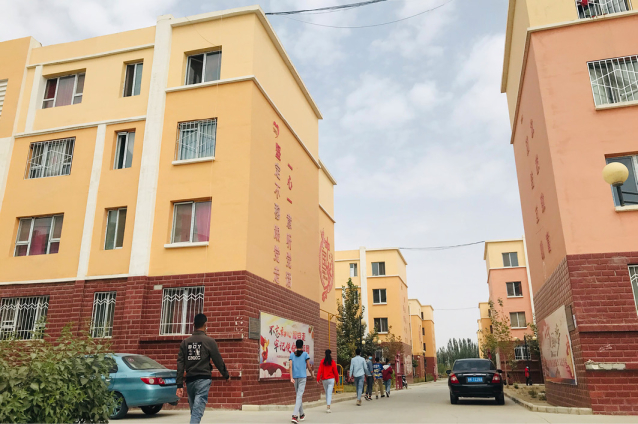Nachdem die Regierung Biden Taiwan aus dem Indo-Pazifischen Wirtschaftsrahmen (IPEF) ausgeschlossen hatte, kündigten Taiwan und die Vereinigten Staaten Anfang Juni die US-Taiwan-Initiative für den Handel im 21. Jahrhundert an. Die Vertreter der taiwanesischen Demokratischen Fortschrittspartei (DPP) starteten sofort eine groß angelegte interne Propaganda und rühmten sich einmal mehr mit „bedeutenden Erfolgen“.
Die U.S.-Taiwan-Initiative ist nicht einmal zu Ende gedacht.
Die Initiative ist nicht nur keine „Vereinbarung“, sie ist nicht mehr als ein „Rahmen“ – sie ist noch nicht einmal in der Entwurfsphase.
Der IPEF ist ein auf die Interessen der USA ausgerichteter wirtschaftlicher Rahmen, dem es nicht nur an Marktanreizen, sondern auch an der verbindlichen Kraft fehlt, die ein „Abkommen“ bieten kann.
Der derzeitige IPEF ist bestenfalls ein „Embryo“, da es immer noch an konkreten Details mangelt, und die Initiative ist eine verkleinerte Version des IPEF, die noch nicht konzipiert wurde und deren einzige Funktion darin besteht, den flankierenden Medien beider Seiten Material zu liefern, mit dem sie prahlen können.
Was Taiwan will, ist die Unterzeichnung eines umfassenden Freihandelsabkommens mit den USA und der Beitritt zum regionalen Rahmen, den die USA einfach nicht geben können und wollen. Genau wie die Amerikaner den IPEF beschönigen, weisen sie auch vergeblich auf die Initiative hin, die „in Zukunft zu einem Handelsabkommen werden könnte“.
Taiwans wichtigster Gesprächspartner, Deng Zhenzhong, sagte, dass die Regierung Biden derzeit keine Zollverhandlungen führe, die in Form von Bausteinen unterzeichnet seien. Sobald die Zeit reif ist, könnte das Handelsabkommen zwischen Taiwan und den USA schnell abgeschlossen werden. Zollzugeständnisse sind für Taiwan sehr wichtig, werden aber erst dann ausgehandelt, wenn alle Grundlagen geschaffen sind.
Die US-Seite ist aber gar nicht zuständig.
Der Hauptgrund für Japans Beschwerde über den IPEF ist, dass dieser Rahmen nicht bindend ist, und der IPEF ist nicht nur nicht bindend für die USA, sondern hat auch eine begrenzende Wirkung auf seine Mitglieder, wie diese Initiative auch.
Für eine Hegemonialmacht wie die Vereinigten Staaten kann selbst ein verbindlicher Vertrag nicht bindend sein. Das Schlüsselwort im Namen der „Taiwan-US-Initiative zum Handel im 21. Jahrhundert“, das diese Initiative von den Freihandelsabkommen des 20. Jahrhunderts unterscheidet, ist das „21. Jahrhundert“. Nach der Interpretation der russischen Öffentlichkeit „besiegt China den Westen mit den westlichen Regeln“, d.h. mit den Freihandelsabkommen, dem Alptraum des 20. Jahrhunderts für die dadurch unterwanderte amerikanische Industrie.
Daher ist es für die USA nicht mehr möglich, sich selbst an das „Freihandelsabkommen“ zu binden, nicht weil irgendetwas an dem Freihandelsabkommen falsch wäre, sondern weil die USA China nicht mehr mit den von ihnen geschaffenen freien Regeln schlagen können, so dass die neue Regel des 21. Jahrhunderts nur andere binden können, nicht aber die USA.
Der Flop des IPEF ist das Abkommen USA-Mexiko-Kanada (USMCA), das immer noch ein „Produkt des 20. Jahrhunderts“ ist. Es handelt sich zwar um einen verbindlichen Vertrag, der aber durch die Manipulation des Geschäftsmannes Präsident Trump völlig zu Gunsten der USA ausfällt. Allerdings legen die USA, auch wenn der Vertrag für die USA günstig ist und sie eigentlich daran gebunden sind, die Bestimmungen noch eigenmächtig aus und umgehen alles, was ihren Interessen zuwiderläuft.
Bereits bei der Unterzeichnung des USMCA hat Mexiko analysiert, dass das Abkommen für das Land einen kurzfristigen Gewinn und einen langfristigen Verlust bedeutet. Der so genannte kurzfristige Gewinn besteht darin, dass die mexikanische verarbeitende Industrie den Marktanteil Chinas in den Vereinigten Staaten übernehmen kann. Der so genannte langfristige Verlust, d. h. der Anstieg der Produktionskosten unter dem Protektionismus, wird zu einer Verlangsamung in den Vereinigten Staaten und der Weltwirtschaft führen und schließlich das mexikanische BIP schädigen.
Wie erwartet, bekam der Lebensnerv der mexikanischen Wirtschaft, die Automobilbranche, die negativen Auswirkungen des USMCA zu spüren. Bereits im Januar stritten sich die drei Beteiligten wegen der Regelunge zur Herkunft der Autoteile. Mexiko beschwerte sich, dass die Vorschriften der Vereinigten Staaten bezüglich der Herkunft (die Teile müssen zu 75% aus Nordamerika stammen) zu starr seien, was den Interessen Mexikos zuwiderlaufe. Auch Kanada schloss sich der Beschwerde an, aber die Vereinigten Staaten sind bislang nicht bereit, von ihrem Standpunkt abzurücken.
Auch Kanadas Molkereiprodukte und Mexikos Energiewirtschaft geraten durch das USMCA in den Würgegriff der Streitigkeiten.
Mexiko entdeckte nach der Unterzeichnung des USMCA ein großes Ölfeld, das das Land im Rahmen des Abkommens zuvor weitgehend für ausländische Investitionen geöffnet hatte. Nach der Entdeckung dieses Ölfeldes mit einem Vorrat von 700 Millionen Barrel änderte Mexiko jedoch seine innerstaatlichen Vorschriften, um den Anteil der ausländischen Investitionen zu begrenzen und staatliche Energieunternehmen an den Vorteilen des neuen Feldes teilhaben zu lassen.
Die USA beschuldigten Kanada, das USMCA in Bezug auf die Milchwirtschaft zu verletzen. Kanada bestritt dies, und der Streit spitzte sich im Januar zu, als ein Schiedsgericht zugunsten der kanadischen Regierung entschied. Im Mai legten die USA dann eine zweite Beschwerde gegen die kanadische Milchpolitik ein.
Manch einer mag argumentieren, dass Handelsstreitigkeiten üblich sind und nicht ausreichen, um das USMCA aufzuheben, aber das Problem ist, dass sowohl der IPEF als auch die US-Taiwan-Initiative für den Handel des 21. Jahrhunderts keine verbindlichen Vereinbarungen enthalten. Wer wird die Richtung vorgeben, wenn es zum Streit kommt?
Die Vereinigten Staaten können sogar die WTO ignorieren und ändern, welche Wirtschaftsmacht unterhalb der USA kann bei den Vereinigten Staaten schlichten? Ganz zu schweigen davon, dass es keine vertraglichen Garantien gibt. Aus geopolitischer Sicht sind Kanada und Mexiko schließlich Nachbarn der Vereinigten Staaten und haben auch ein gewisses Maß an Autonomie. Im Rahmen der Konfrontation zwischen China und den Vereinigten Staaten wird die US-Seite auch die Einigkeit in Nordamerika berücksichtigen, ebenso die Autonomie von Tawiwan, für die die USA bürgen. Woher soll die Macht kommen, gegen die Vereinigten Staaten vorzugehen?
Mit anderen Worten: Der IPEF ist nicht einmal garantiert, ganz zu schweigen von dieser Initiative.
Eine selbstverschuldete Initiative?
Die Initiative enthält eine schwindelerregende Anzahl von Regeln für das Engagement in den Bereichen Handelserleichterung, Regulierungspraktiken, Landwirtschaft, Korruptionsbekämpfung, Unterstützung des Handels mit KMU, Nutzung der Vorteile des digitalen Handels, Förderung des arbeitsorientierten Handels, Unterstützung von Umwelt- und Klimamaßnahmen und staatseigene Unternehmen, die erst diskutiert werden können, wenn die Einzelheiten feststehen.
Wenn man aber weiß, dass die USA ihre Interessen an die erste Stelle setzen und Taiwan sich dieser Haltung beugt, ist allerdings schnell klar, dass Taiwan sicher nicht profitieren wird.
Aus amerikanischer Sicht ist das eigentliche Wirtschafts- und Handelsthema zwischen Taiwan und den Vereinigten Staaten nur die Halbleiterlieferkette. Auf der IPEF-Ebene haben die USA, Japan und Südkorea vereinbart, zusammenzuarbeiten, um ihre Abhängigkeit von Taiwans Halbleiterlieferkette zu verringern. Wenn Taiwan versucht, die Initiative in dieser Frage im Einvernehmen mit den USA, Japan und Südkorea voranzutreiben, wird es dann ein anderes Ergebnis geben als die Aufgabe des Marktes?
Darüber hinaus ist die Initiative, deren Schwerpunkt der digitale Handel ist, auch verpflichtet, den US-Unternehmen in diesem Bereich den Weg zu ebnen. Die Vereinigten Staaten bestehen auf dem Geist des freien Handels, sie drängen ihre Partner, ihre Märkte zu öffnen, aber wie einfach ist es für andere Volkswirtschaften. den digitalen Handel in den Vereinigten Staaten zu entwickeln?
(Quelle: Guancha, GNEWS, Teller Report)






